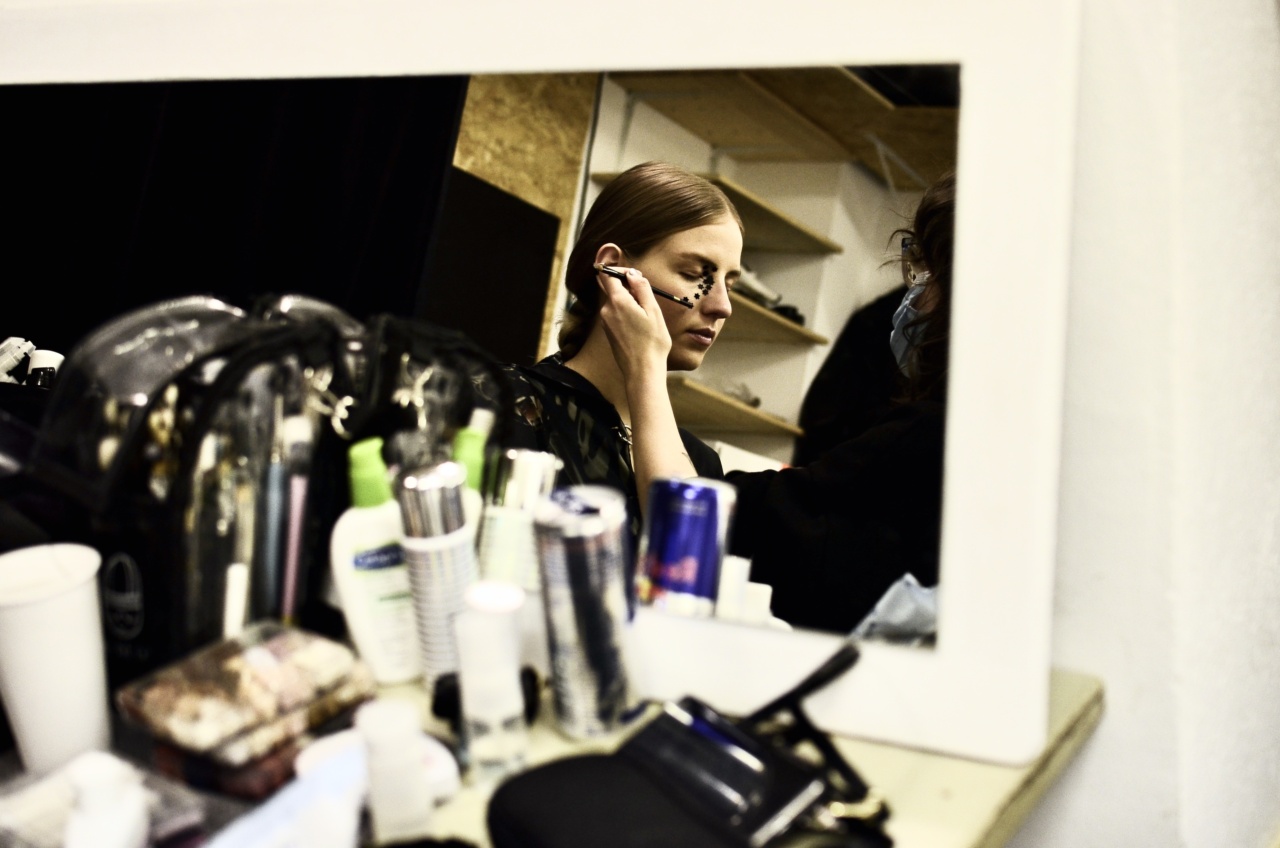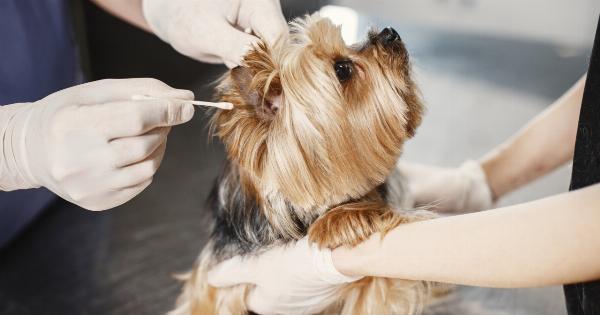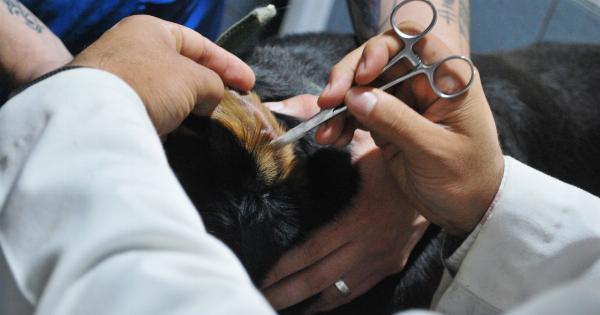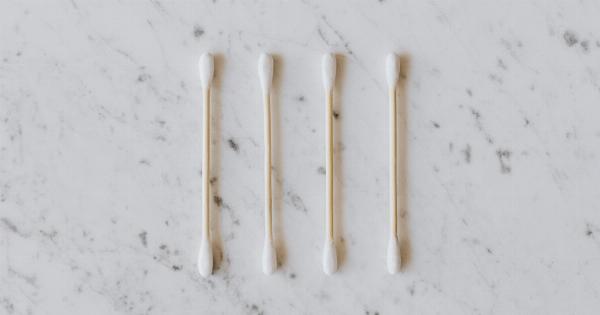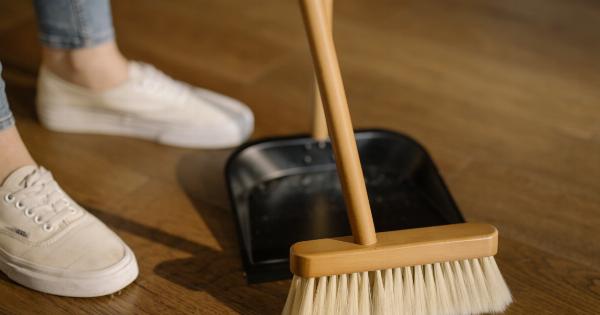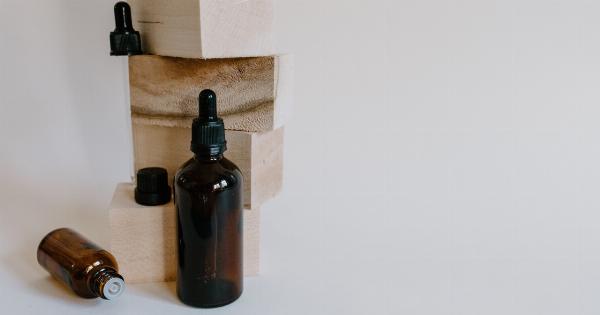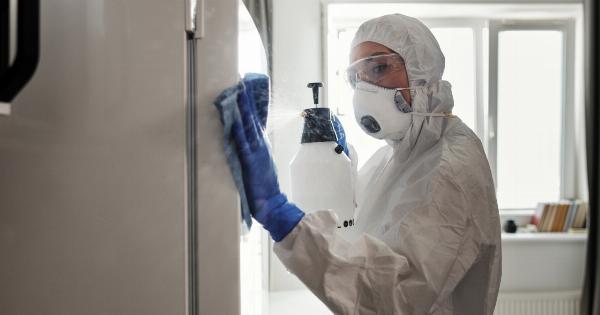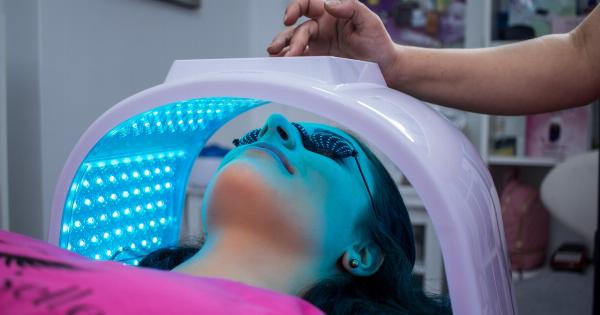Ear cleaning is an essential part of personal hygiene and health maintenance. It involves removing excess wax and debris from the ears, ensuring proper hearing and preventing various ear-related issues.
While ear cleaning may seem like a straightforward task, it is crucial to master the art of ear cleaning to avoid potential harm or discomfort. In this comprehensive guide, we will discuss various techniques, tools, and best practices to help you become proficient in the gentle and effective cleaning of your ears.
The Importance of Ear Cleaning
Clean ears contribute to optimal hearing and overall well-being. Our ears produce cerumen, commonly known as earwax, which plays a vital role in keeping the ears moisturized and preventing dust, debris, and insects from entering the ear canal.
However, excessive wax accumulation can lead to blockages, hearing loss, pain, and other complications. Regular ear cleaning helps maintain the delicate balance of earwax, promoting healthy ears and preventing potential problems.
Understanding Ear Anatomy
Before diving into the techniques of ear cleaning, it is essential to understand the basic anatomy of the ear. The human ear comprises three parts: the outer ear, middle ear, and inner ear.
Techniques for Ear Cleaning
There are various methods for cleaning the ears, ranging from do-it-yourself home remedies to professional procedures. Let’s explore some of the most effective techniques:.
1. Gentle Wipe with a Cloth or Tissue
A simple and non-invasive method is to clean the visible part of the outer ear with a soft cloth or tissue. Gently wipe the outer ear and the back of the ear, being careful not to insert anything into the ear canal.
2. Ear Drops
Over-the-counter ear drops can be used to soften earwax, making it easier to remove. Follow the instructions provided with the ear drops carefully, and consult a healthcare professional if you experience any discomfort or if the earwax persists.
3. Irrigation with Warm Water
For stubborn earwax, irrigation with warm water can be effective. Fill a rubber bulb syringe or a specially designed ear irrigation kit with lukewarm water.
Gently squirt the water into the ear canal, aiming for the upper wall of the canal rather than directly at the eardrum.
4. Earwax Removal Kits
Earwax removal kits available over-the-counter provide specialized tools such as earwax removal drops, bulb syringes, or irrigation systems. These kits often come with detailed instructions for safe and effective use.
5. Seek Professional Help
If you experience persistent earwax blockage, pain, or hearing loss, it is advisable to consult a healthcare professional.
They can use specialized tools and techniques, such as microscopic suction, to safely clean your ears and address any underlying issues.
Best Practices for Ear Cleaning
While cleaning your ears, it is crucial to follow some best practices to minimize the risk of injury or infection. Here are some essential guidelines to keep in mind:.
1. Avoid Inserting Objects
Never insert sharp objects, cotton buds, or any other foreign objects into your ear canal. This can push the wax deeper or damage the delicate structures of the ear, leading to injury or infection.
2. Be Gentle
Handle your ears and the cleaning tools with care. Avoid excessive force or aggressive movements that can cause discomfort or harm to the ears. Gentle and controlled motions are key to safe ear cleaning.
3. Watch for Signs of Infection
Pay attention to any signs of infection, such as pain, redness, swelling, or discharge. If you suspect an infection, seek immediate medical attention to prevent complications.
4. Regular Maintenance
Incorporate ear cleaning into your regular hygiene routine. Regular maintenance helps prevent excessive wax buildup, reducing the need for extensive cleaning or professional intervention.
Conclusion
Mastering the art of ear cleaning is a valuable skill for maintaining ear health and optimal hearing. By understanding the techniques, tools, and best practices discussed in this guide, you can confidently and safely clean your ears at home.
Remember to be gentle, avoid inserting objects into the ear canal, and seek professional help when necessary. With proper ear cleaning, you can enjoy the benefits of clear hearing and a reduced risk of ear-related complications.
